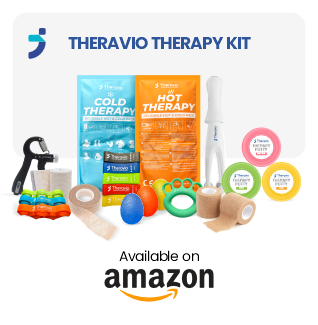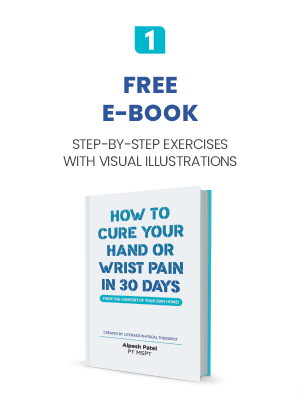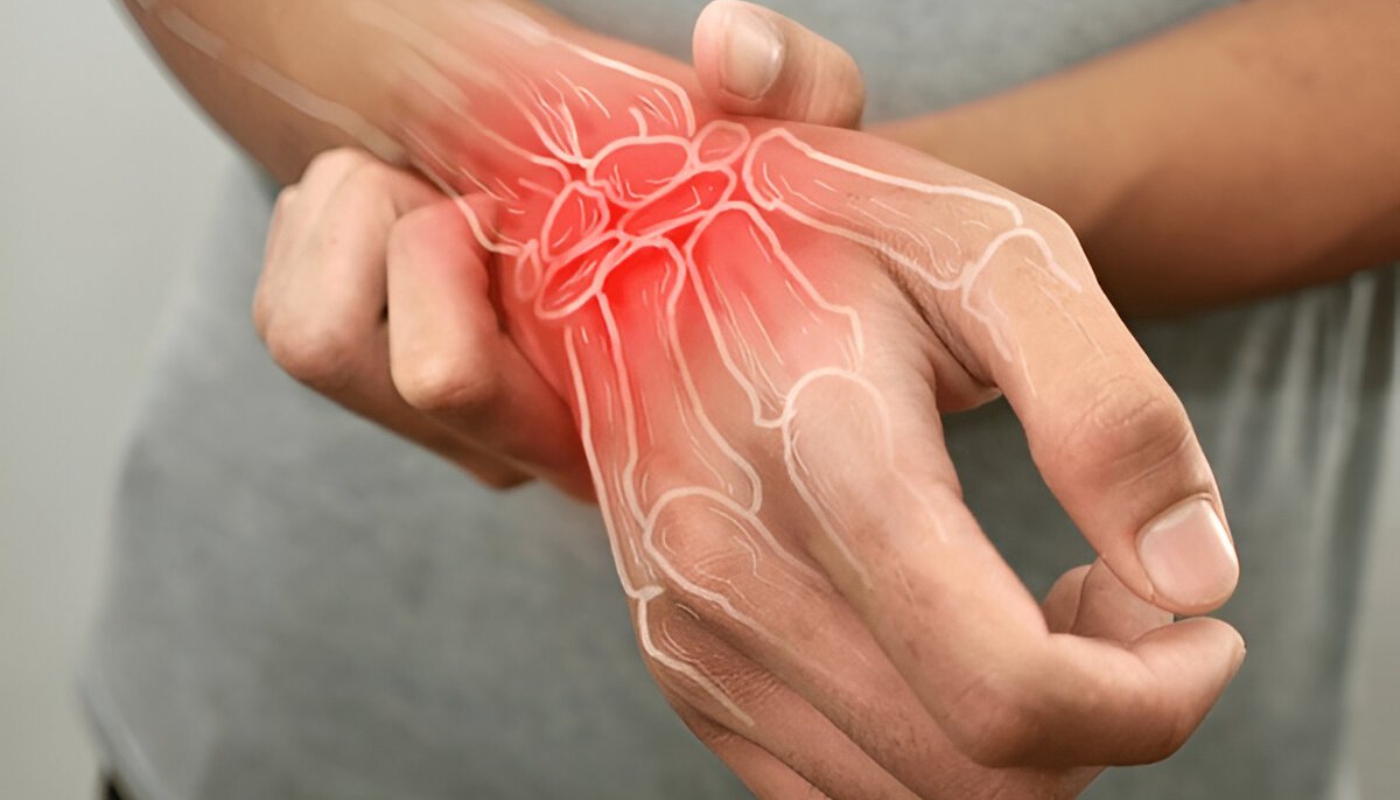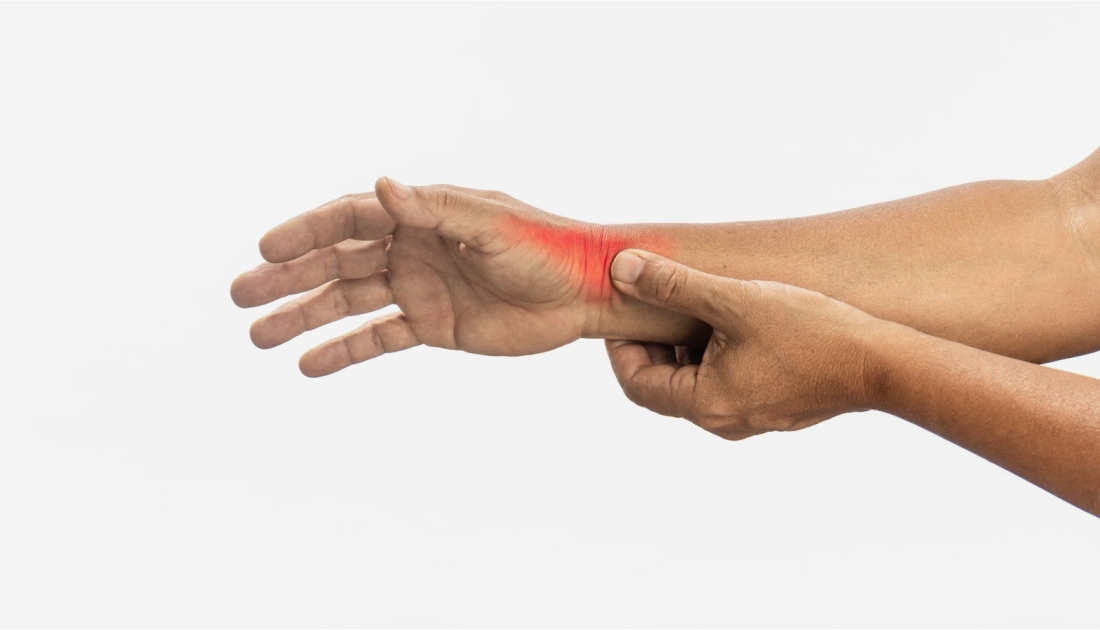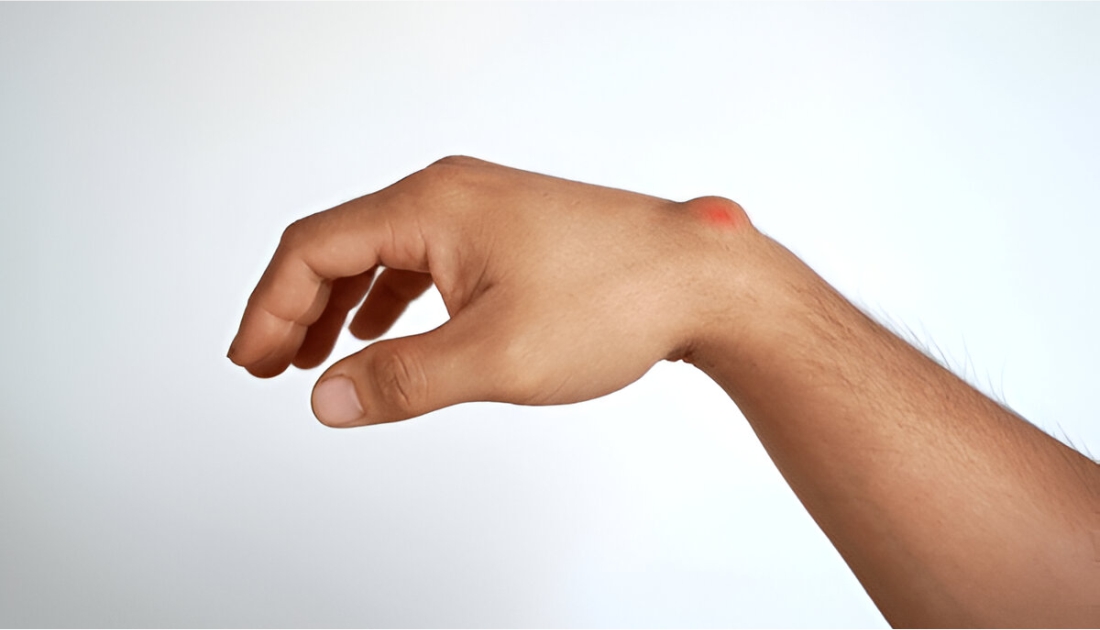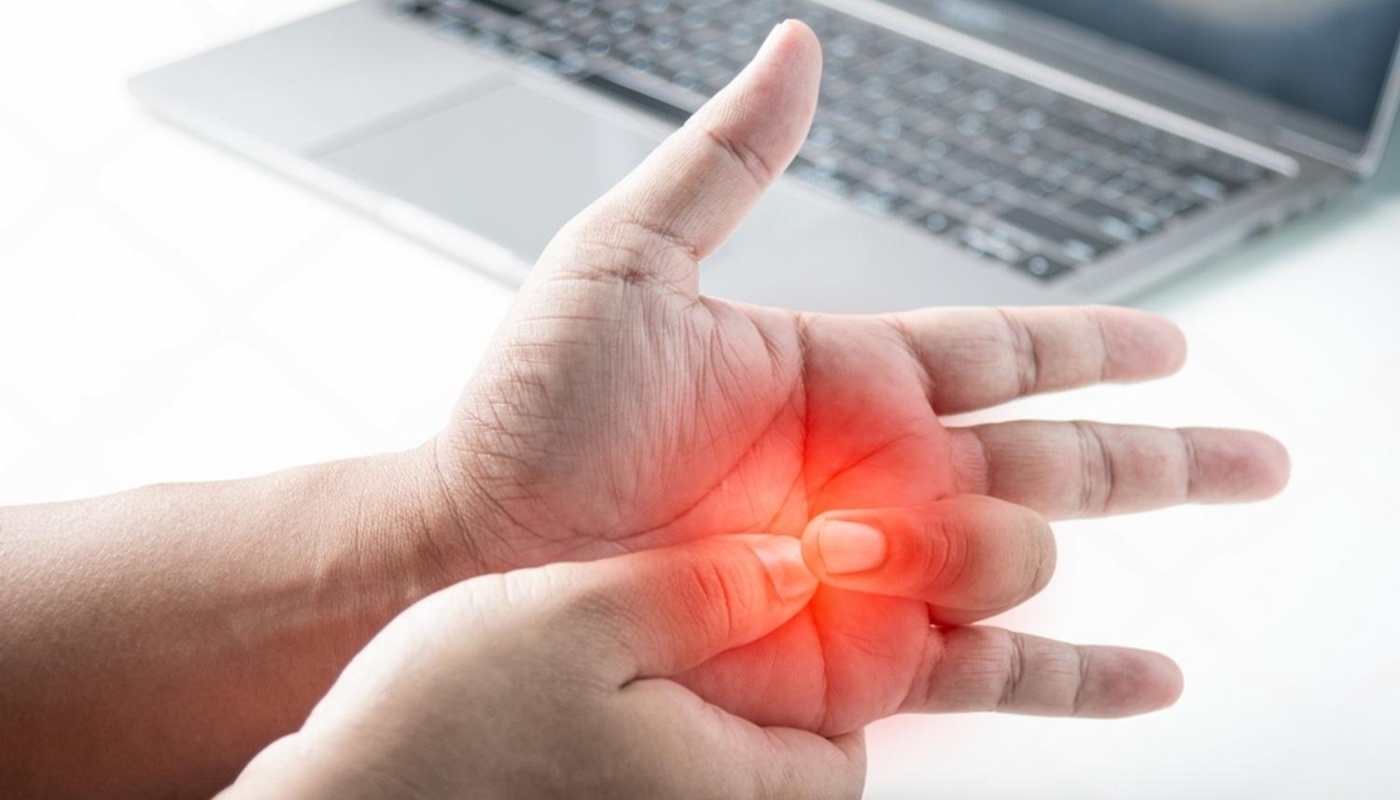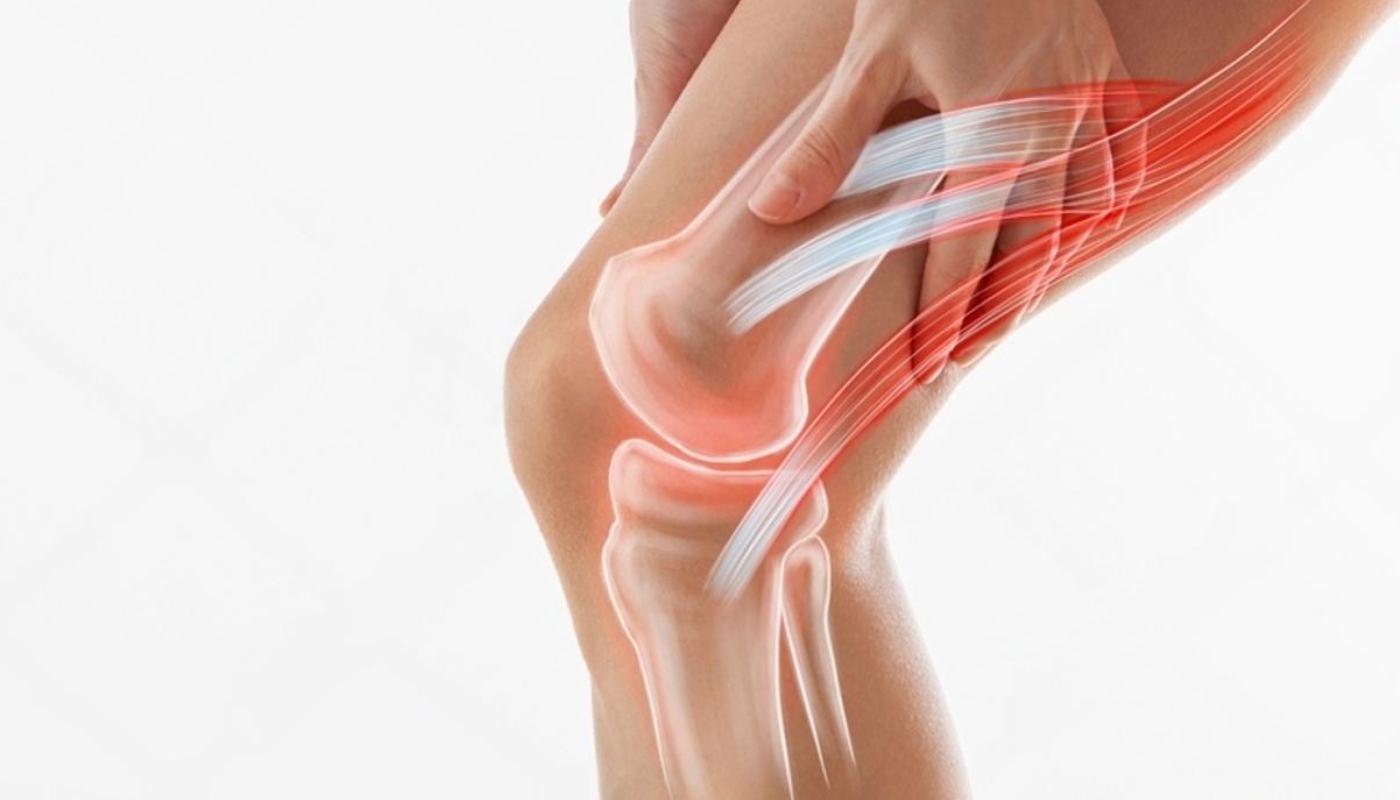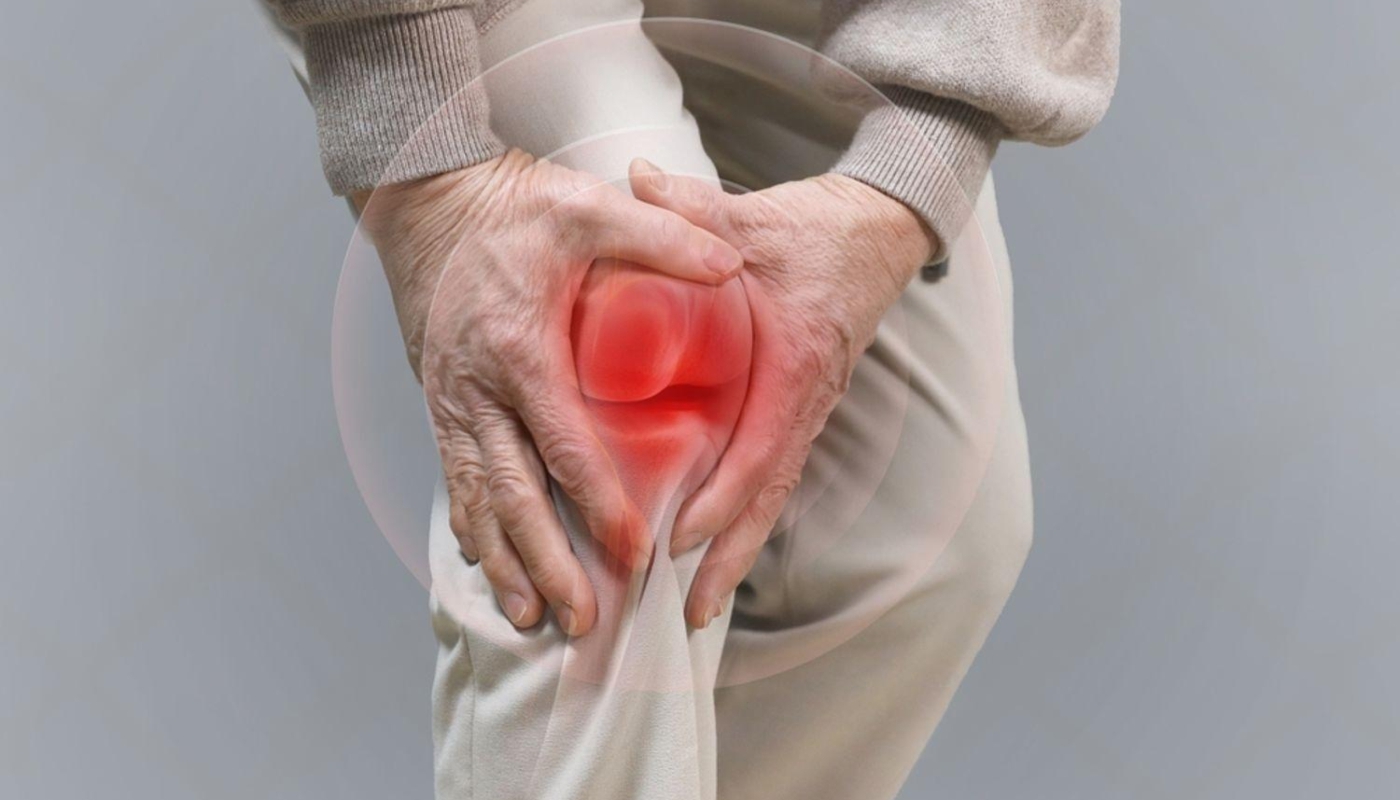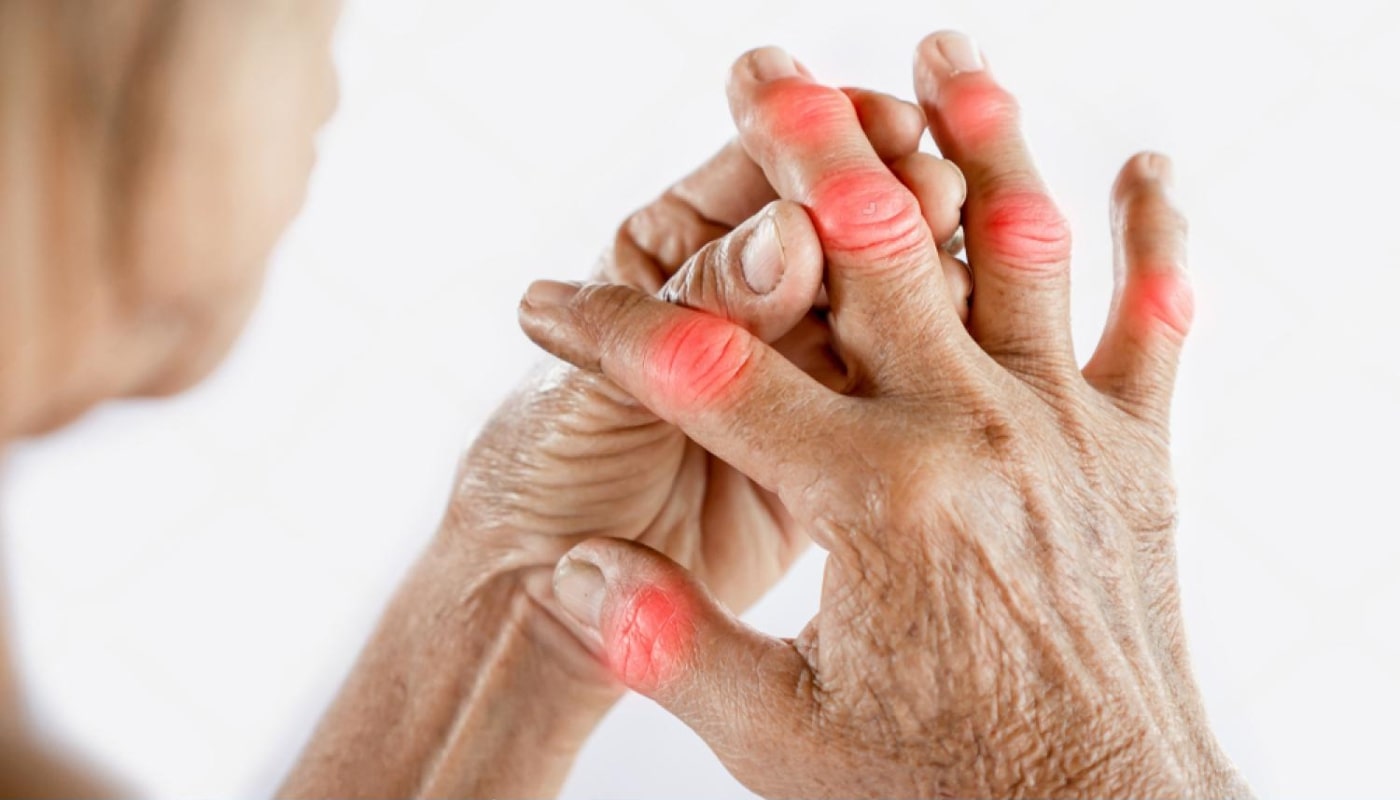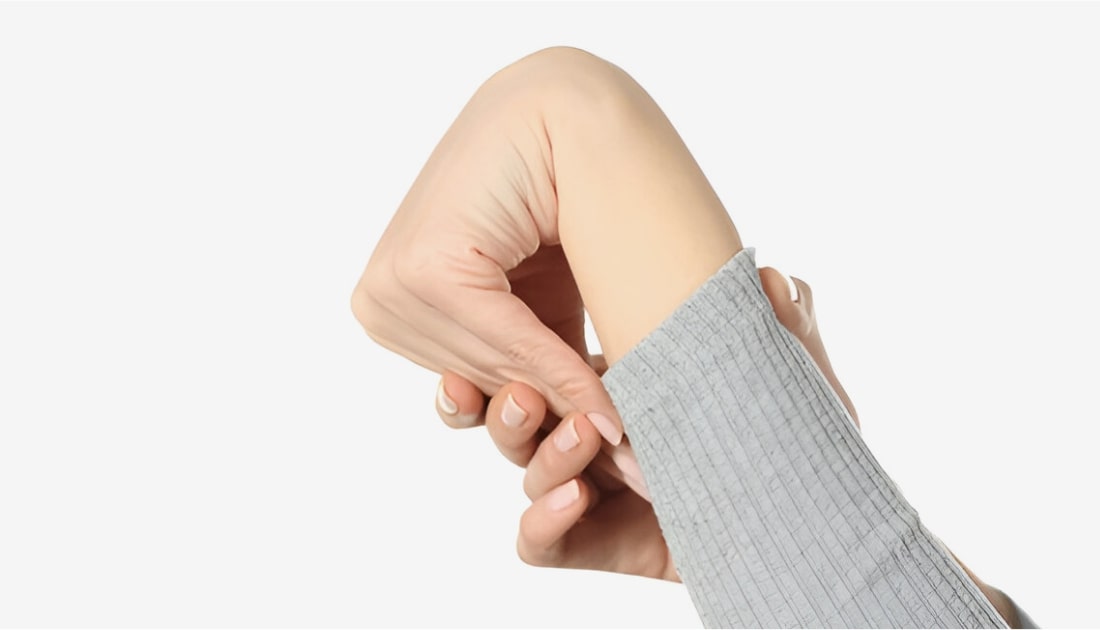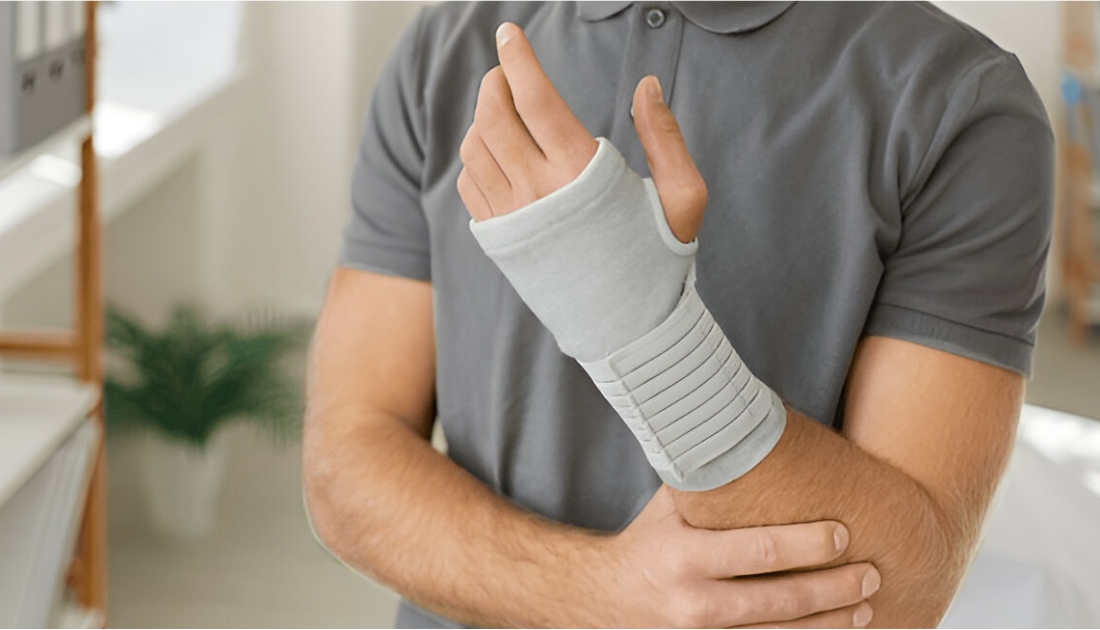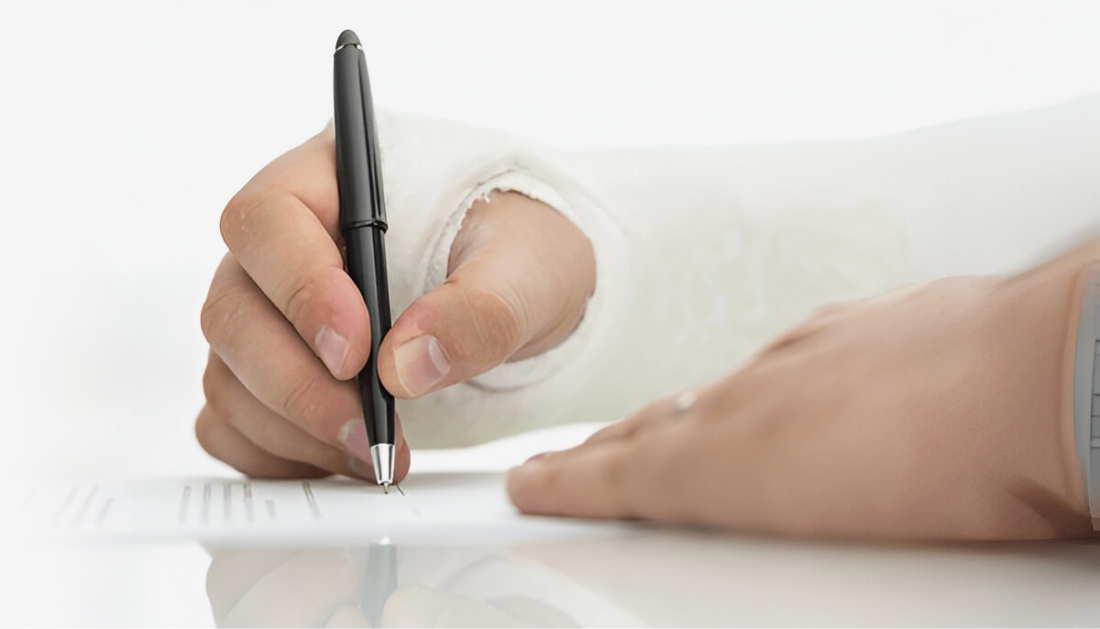Tendon finger injuries, often referred to as flexor tendon injuries, can significantly impact an individual's daily activities and quality of life. These injuries typically occur when the tendons that allow for finger movement are damaged due to trauma, such as cuts, falls, or sports-related incidents. Understanding the nature of these injuries is essential for effective treatment and recovery.

The most common symptoms of a tendon finger injury include:
- Pain: Localized pain in the finger is often the first sign.
- Swelling: The injured area may become swollen and tender.
- Loss of Function: Difficulty in bending or straightening the finger is a hallmark of tendon damage.
- Deformity: In severe cases, the finger may appear deformed or misaligned.
These injuries can lead to long-term consequences if not treated properly. Without adequate intervention, individuals may face chronic pain, reduced mobility, and limitations in performing everyday tasks. This is where Theravio steps in, providing innovative solutions to promote healing and rehabilitation. Our mission is to bridge the gap between clinical treatment and at-home care, ensuring that you have access to the best tools for recovery.
For more information on tendon finger injuries and how to prevent them, visit us @ https://theravio.com/.
Common Causes of Tendon Finger Injuries Explained
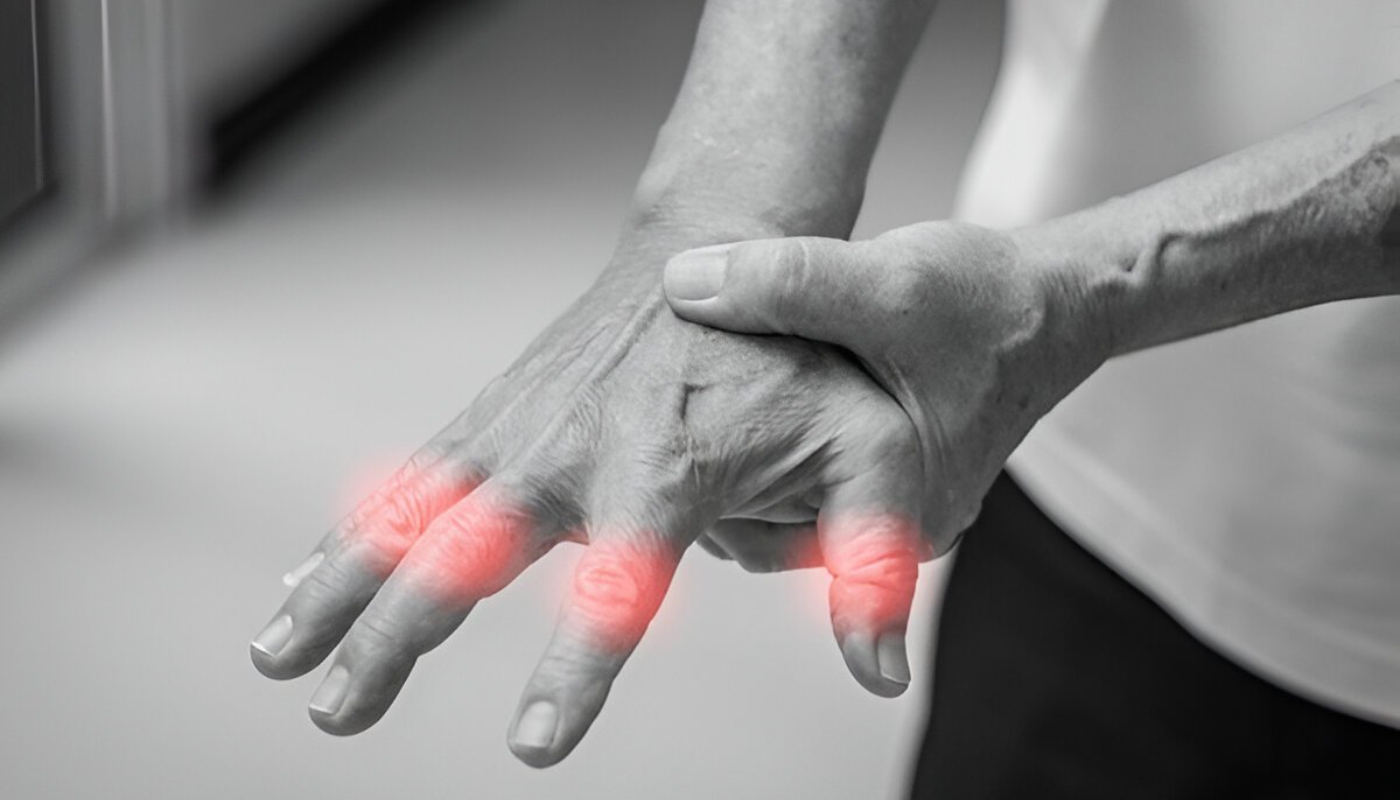
Tendon finger injuries can result from various activities, making awareness of their common causes crucial for prevention. Here are some of the primary reasons these injuries occur:
- Sports Injuries: High-impact sports such as basketball, football, and gymnastics often lead to finger injuries. Players might fall or collide with others, resulting in trauma to the tendons.
- Workplace Accidents: Jobs that require manual labor or the use of tools can increase the risk of tendon injuries. Accidental cuts or crush injuries to the fingers are common in such environments.
- Household Activities: Everyday tasks, such as cooking or gardening, can cause tendon injuries if proper precautions are not taken. For instance, accidentally slicing a finger while chopping vegetables can damage the tendon.
- Falls: A slip or trip that results in a fall can cause fingers to bend or twist in unnatural ways, leading to tendon injuries.
Recognizing these risk factors is essential for both individuals and healthcare providers, as it can help in developing effective prevention strategies. By being mindful of activities that pose a risk, individuals can take steps to protect their fingers and maintain their overall hand health.

Recognizing Symptoms of a Tendon Finger Injury
Identifying the symptoms of a tendon finger injury is crucial for early intervention and effective treatment. Here are some common signs to look out for:
- Pain: One of the most immediate symptoms is a sharp or aching pain in the affected finger, often exacerbated by movement.
- Swelling: The area around the injury may become swollen, indicating inflammation of the tendon or surrounding tissues.
- Stiffness: Individuals may experience difficulty bending or straightening the finger, which can hinder daily activities.
- Bruising: Discoloration of the skin may occur, signaling damage to the tissues around the tendon.
- Loss of Function: In severe cases, a person may find it challenging to use the injured finger, affecting grip strength and overall hand function.
If you notice any of these symptoms, it's vital to seek medical attention promptly. Early diagnosis and treatment can significantly improve recovery outcomes and prevent further complications.
Effective Treatment Options for Tendon Finger Injuries
Treating a tendon finger injury effectively is essential for restoring function and alleviating pain. Here are several treatment options that healthcare professionals may recommend:
- Rest: Allowing the affected finger to rest is crucial. Avoiding activities that exacerbate the injury can help prevent further damage.
- Ice Therapy: Applying ice to the injured area can reduce swelling and numb pain. It’s recommended to ice the finger for 15-20 minutes every few hours.
- Compression: Using a compression bandage can help minimize swelling and provide support to the injured tendon.
- Elevation: Keeping the finger elevated above heart level can also assist in reducing swelling.
- Physical Therapy: Once the initial pain subsides, physical therapy can help restore mobility and strength. A therapist may guide you through specific exercises tailored to your recovery.
- Theravio kit: It includes all the tools you need to soothe your finger and hand pain, such as a wonderful massager, heat/cold packs, comfortable wraps, and plenty of strengthening exercises tools.
- Medications: Non-steroidal anti-inflammatory drugs (NSAIDs) may be prescribed to manage pain and inflammation.
- Surgery: In severe cases where the tendon is completely ruptured, surgical intervention may be needed to repair the damage and restore function.
Consulting with a healthcare provider is essential to determine the most appropriate treatment plan based on the severity of the injury.
Rehabilitation Strategies for Tendon Finger Recovery
Rehabilitation plays a vital role in the recovery process for tendon finger injuries. Implementing effective rehabilitation strategies can significantly enhance recovery and restore full functionality. Here are some key approaches to consider:
- Gradual Mobilization: Once cleared by a healthcare professional, gradually introducing movement to the finger can help maintain flexibility. Start with gentle range-of-motion exercises to prevent stiffness.
- Strengthening Exercises: As you progress, incorporating strengthening exercises is crucial. Simple resistance exercises using therapy putty or rubber bands can help rebuild strength in the affected tendon. Theravio kit includes all the tools you need to soothe your finger and hand pain, such as a wonderful massager, heat/cold packs, comfortable wraps, and plenty of strengthening exercises tools.
- Stretching: Regular stretching of the finger and surrounding muscles can improve flexibility. Focus on stretches that target the tendon and the joints to enhance mobility.
- Use of Splints: Depending on the severity of the injury, your therapist may recommend using a splint to stabilize the finger during rehabilitation, particularly in the early stages.
- Functional Activities: Gradually reintroducing daily activities that involve the use of the finger can aid in the rehabilitation process. This may include tasks like gripping, pinching, or typing, which can help gauge progress.
- Monitoring Pain Levels: Keeping track of pain levels during rehabilitation is essential. If pain increases, it may indicate the need to modify the rehabilitation approach or consult with a healthcare provider.
By following these rehabilitation strategies, individuals can enhance their recovery and work towards regaining full use of their finger, ultimately improving their overall quality of life.
Preventing Tendon Finger Injuries in Daily Activities
Preventing tendon finger injuries is essential for maintaining hand health and functionality, especially for individuals engaged in repetitive activities or sports. Here are several strategies to help reduce the risk of these injuries:
- Proper Ergonomics: Ensure that your workspace is ergonomically designed. This includes maintaining a neutral wrist position while typing or using hand tools. Adjusting chair height and monitor position can greatly reduce strain on your fingers.
- Take Frequent Breaks: If your activities involve repetitive hand movements, take regular breaks to rest your fingers. This allows the tendons to recover and reduces the risk of overuse injuries.
- Warm-Up Exercises: Before engaging in activities that require intense finger use, perform warm-up exercises. Simple stretches can enhance blood flow and prepare the tendons for work.
- Use Protective Gear: When participating in sports or activities that pose a risk for hand injuries, wear appropriate protective gear, such as gloves or finger guards, to shield your fingers from trauma.
- Stay Hydrated: Proper hydration supports tendon health. Make sure to drink enough water throughout the day, as dehydration can lead to decreased flexibility and increased risk of injury.
- Strength Training: Incorporate strengthening exercises for your hands and fingers into your fitness routine. This can help build resilience in the tendons and reduce the likelihood of injuries. The Theravio kit includes all the tools you need to soothe your finger and hand pain, such as a wonderful massager, heat/cold packs, comfortable wraps, and plenty of strengthening exercises tools.
By adopting these preventive measures in your daily activities, you can significantly lower the risk of tendon finger injuries. For more resources and tools to support your hand health, visit us @ theravio.com.



